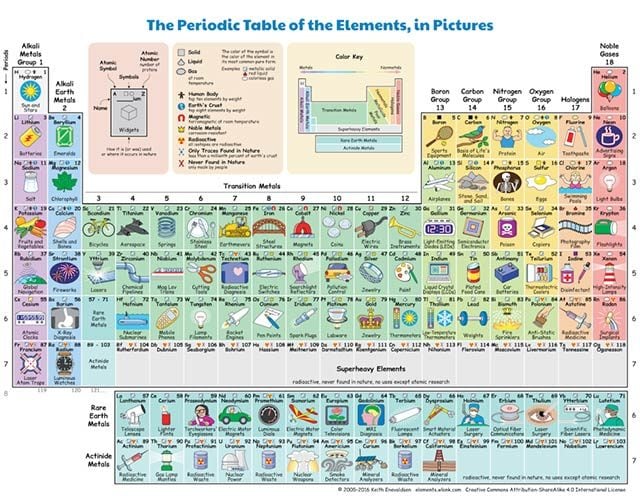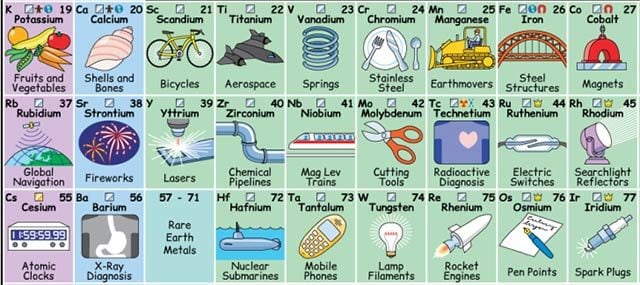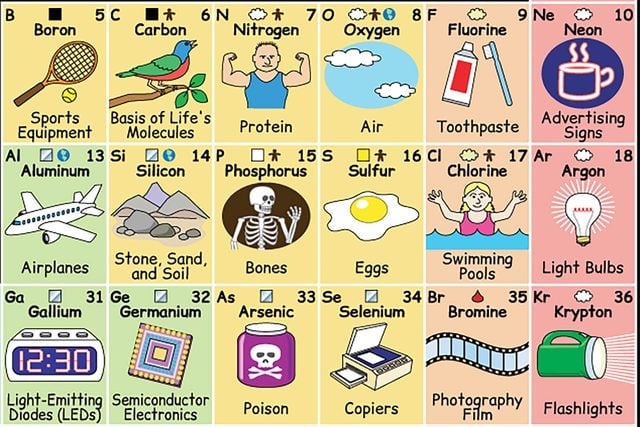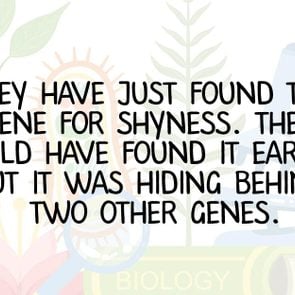This “Periodic Table” Shows How Each Element Plays a Part in Our Daily Lives
Updated: Mar. 28, 2022
If you (or your kid) ever wondered why we need to learn about the periodic table, this is for you!

Unless you’re a chemist, or a chemistry teacher, chances are you haven’t looked at the periodic table since high school. The periodic table is a chart, made by scientists, showing every element in existence. These elements make up all the matter in the entire universe, and each has a number representing its properties. There are over 100 elements, from aluminum to zinc. If learning the table seemed tedious and unimportant to you when you were in school, chances are you weren’t alone. (And to make matters even more frustrating, many of the science “facts” you’ve accepted as true are actually totally false.)
However, Keith Enevoldsen and elements.wlonk.com have created a way to make the periodic table more interesting—and far more relevant. Enevoldsen’s “Periodic Table of the Elements, in Pictures” is structured just like a regular periodic table, but each element square contains a tiny drawing and caption. Where the element’s symbol would be, the table shows a familiar object that contains that element.

Some of these things are common knowledge: helium and balloons, or chlorine and swimming pools. However, many of them are surprising and pretty cool. For instance, this chart teaches you that zinc isn’t just a supplement—it’s in brass instruments like trumpets and tubas. Have you ever heard of the element “scandium” before? Us neither—but you’ve interacted with it if you’ve ever ridden a bicycle. We have selenium to thank for copy machines, and the fun-to-say molybdenum is in cutting tools like scissors. How’s that for science facts you never learned in school?

The chart goes even further than that. At the top of each element’s square, there are symbols indicating how often the element is found in nature, whether it’s found in the human body, and whether it is radioactive. Especially if your child is a visual learner, this chart is a great way to help them ace that chemistry test. And there’s more good news—the site even offers printable flash cards with the elements and pictures. Find all the great teaching tools at elements.wlonk.com. Keep the scientific exploration going with the 15 best science museums in the world.
Source: mentalfloss.com



